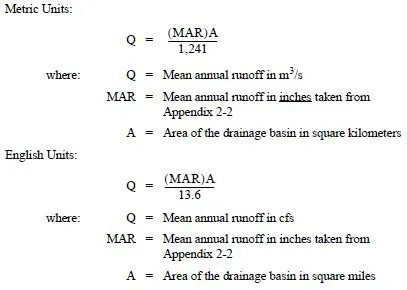Many variables are involved in determining the hydraulic capacity of an inlet structure including depth of flow, grade, superelevation, and placement. The depth of flow next to the curb is a major factor in the interception capacity of an inlet structure. Slight variations in grade or superelevation of the roadway can also have a large effect on flow patterns, and placement of an inlet can result in dramatic changes in its hydraulic capacity. These variables can be found by collecting the following information prior to starting an inlet design: plan sheets, road profiles, curb/barrier profiles, cross sections, superelevations, and contour maps.
Drainage structures shall not be placed directly in the wheel path. While many are traffic rated and have lockdown grates, the constant pounding of traffic causes unnecessary stress and wear on the structure, frame, and grate. Inlets shall be installed at the curb/barrier face and at the proper elevation relative to the pavement. The structure offset shown in the plans shall be to the center of the grate, not to the center of the structure, to ensure that the grate is located along the curb face. There shall be no gap between the structure and the curb/barrier face as this would lead to other issues.
Debris floating in the gutter tends to collect at the inlets, plugging part or all of the grate opening. Inlet locations on a continuous grade are calculated using the full width of the grate with no allowance needed for debris. Inlets located in a sag are analyzed with an allowance for debris blocking half of the grate. Areas with deciduous trees and large pedestrian populations are more prone to debris plugging. Bark from logging operations and agricultural areas is also known to cause debris problems. These areas may require additional maintenance.
